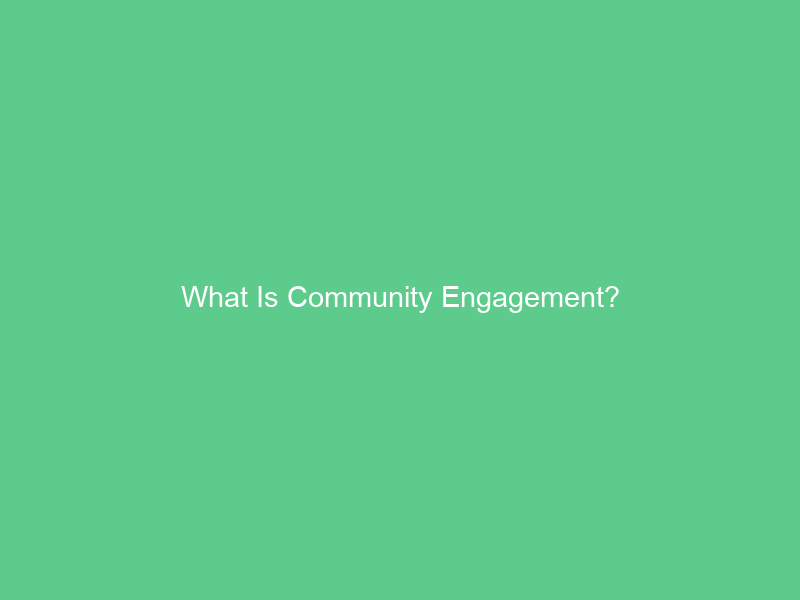Community engagement provides people with a means of connecting with one another and the organizations serving them, building trust between stakeholders that can lead to long-term positive changes for all involved.
Create Clear Objectives: Create SMART objectives which are specific, measurable, attainable, relevant and time-bound in order to track progress and measure impact more easily. This provides a framework for tracking success.
1. Create a welcoming community culture
Many communities require assistance overcoming barriers to engagement, whether economic or social in nature. Such barriers can create distrust between groups as well as hostility between different subpopulations; inclusive community engagement strategies provide solutions by inviting and encouraging everyone to participate.
At the outset of any community engagement efforts, it’s vitally important to set clear goals. Your objectives should be SMART – specific, measurable, attainable, relevant and timebound – this way they’ll serve as guides for your strategy as well as measuring its success.
After setting objectives, make sure they’re communicated to stakeholders and community members through various channels – texting, emails, meetings or webinars are just some of them. MN350 uses text messaging as part of its campaign to rally support for climate change policies – this has resulted in higher participation than would otherwise have occurred with emails or webinars; showing how engaging with the community through their preferred channel increases engagement rates while building trust – leading to long-term relationships that benefit future projects.
2. Valuing contributions
Community engagement is a broad concept that varies greatly depending on its application to any given context. It encompasses numerous strategies and tactics as well as outcomes at different levels – individual, organizational and societal.
Reaching community engagement goals takes dedication from both sides: the organization and its members. Community members must understand how their contributions help achieve business objectives, while members should invest their time into contributing.
One effective way of appreciating community contributions is through rewarding them – be it badges, competitions or interactive events that recognize member achievements. Furthermore, it’s essential that we acknowledge that members’ ideas, feedback and insights make for invaluable contributions that shouldn’t go unrecognized.
Compensating community participants can increase participation by drawing in new participants and expanding diversity within research studies. Furthermore, this practice furthers an organization’s commitment to equity by acknowledging lived experience as valuable data points.
3. Checking your community’s pulse
To accurately gauge how effective your community engagement strategy is, it’s vital that key metrics like active users, content interactions, and event attendance are tracked. Analytics tools facilitate data collection, visualization, reporting and tracking capabilities so that you can monitor progress towards meeting your benchmarks and goals.
Post frequency can also serve as a great indicator of engagement. If post frequency begins to diminish, this could indicate that members don’t see enough value in your community or the dialogues taking place.
Maintain a high morale among your community members by collecting input via feedback forms and surveys. Be open about how their responses will be utilized and assure them that their opinion matters – this can encourage participation!
4. Collecting feedback
Acquiring feedback from the community is an integral component of citizen engagement systems, but before initiating conversations with members of your target group it’s essential that you first understand who their stakeholders are so you know how best to approach and solicit their opinions. Doing this also ensures that those you reach out to are interested in listening to what you have to say.
Some community members are eager to voice their opinions whenever given the chance, because they care deeply about its future. While others might be less involved, their input should still be respected and valued.
Additionally, when seeking feedback for your work it’s essential to set clear goals for what kind of feedback you want and when. Doing this will prevent unnecessary queries which won’t add any tangible value and also helps ensure community members know exactly how you plan on using their input if it ever does become part of something tangible.

